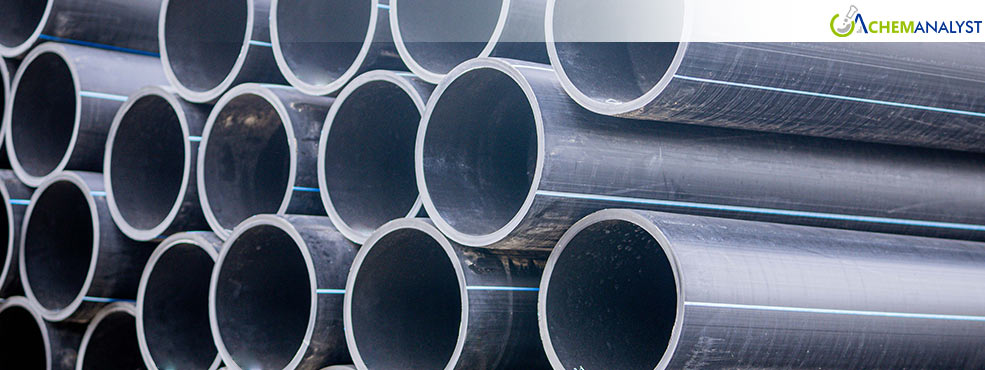Welcome To ChemAnalyst

During the week ending July 11, 2025, High Density Polyethylene (HDPE) prices declined in China due to sluggish construction activity, weak seasonal demand, and high inventory levels. In contrast, Germany saw a modest price increase driven by supply tightness, even though overall demand remained low and feedstock costs fell.
In China, HDPE prices dropped by about 0.5% this week, reflecting a weak market. This decline happened even though ethylene prices stayed stable and production at plants was running smoothly, allowing producers to keep steady profit margins. While supply and demand were mostly balanced, demand from end-use sectors—especially construction—was still low. In June, home sales by the top 100 property developers fell 23% from the previous year, showing ongoing weakness in the real estate market. This slowdown reduced the need for HDPE used in pipes and building materials, leading to weaker buying interest.
Key Takeaways:
In contrast, HDPE prices in Germany went up by about 0.8% during the same week. This happened even though ethylene feedstock prices dropped, mainly because HDPE supply was tight due to disruptions. Buyers stayed cautious, with many holding back on purchases because of uncertainty caused by ongoing geopolitical tensions. As a result, spot trading slowed as market players waited for the July ethylene contract to be finalized.
HDPE demand in Germany stayed low. The construction sector, a major user of HDPE, continued to struggle—housing projects were still down, and civil engineering only saw small improvements helped by early infrastructure spending. On the positive side, the auto sector showed some recovery, with new car registrations up by 7% in June. However, HDPE trading stayed quiet as buyers were careful, stocks were already high, and there was strong competition in the market. Despite all this, the tight supply still caused prices to rise a little.
As per ChemAnalyst, HDPE prices in China are likely to stay weak unless construction activity improves, or seasonal demand picks up. In Germany, prices might remain steady for now because of low supply, but bigger price gains are unlikely due to slow demand and full inventories. For the HDPE market to truly recover in both regions, demand from end-users needs to grow, and global political conditions need to become more stable.
We use cookies to deliver the best possible experience on our website. To learn more, visit our Privacy Policy. By continuing to use this site or by closing this box, you consent to our use of cookies. More info.
